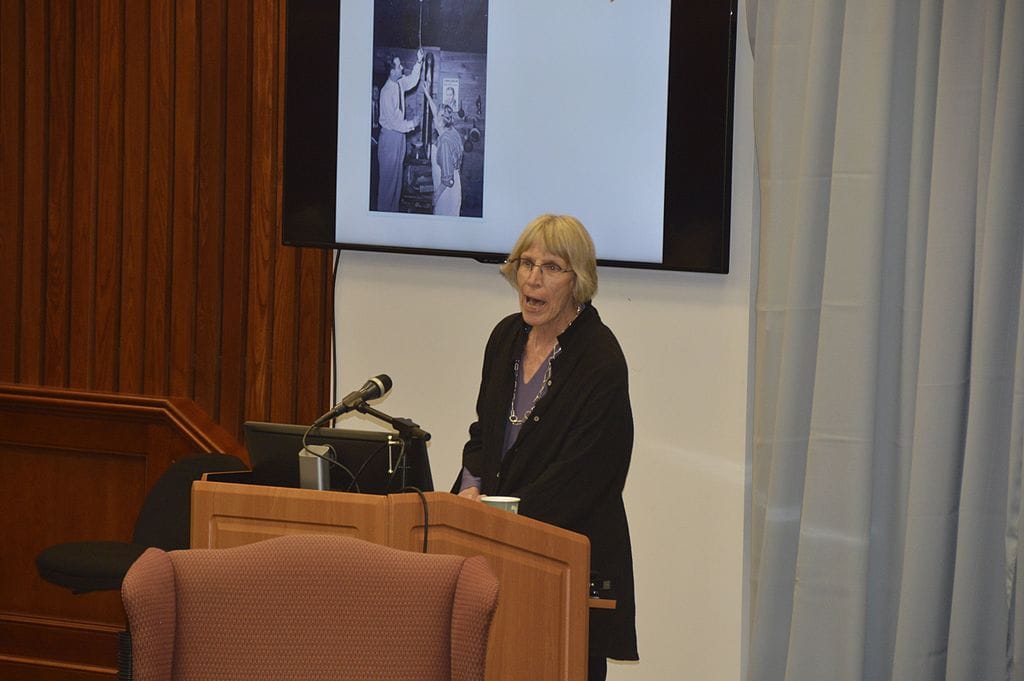Lack of Privacy and Limitations of Broadband Access Pose Threats to Future of Telehealth, say Panelists
June 5, 2020 — The rise of telehealth across the country could mean a lack of privacy for its users, said participants in an LBJ School webinar Wednesday. Speaking to the organization about the privacy risks posed by the increasingly widespread use of remote healthcare technologies, panelists said t










Member discussion